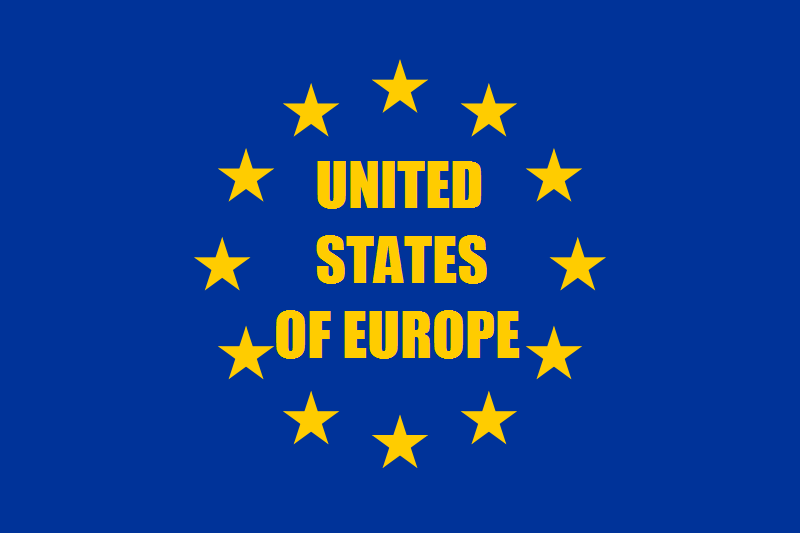
Like the United States, Europe is trying to create a united region of cross-border trade that works. In America, this is 50 member states who work in a federated structure. My impression after the recent meeting on CRD VI (Capital Requirements Directive) is that Europe’s long-term aim is to achieve the same and, today, there are 27 member states in the Union. The difference is that there are 27 member states who all speak different languages, have different cultures and are built upon thousands of years of history and development. That’s a wee bit different to America which has two main languages, a few hundred years of history and has been built as a Union for over a century.
So, what does this mean for the EU future vision of a United States of Europe?
Well, the example came to me as we discussed this in Zurich, Switzerland, because Switzerland is built as a federate union of states or, as they call them, cantons. I’ve blogged a few times about Swiss history and how it was formed after the Knights Templar escaped the threat of the French King back in 1307. In fact on Friday 13th October, which is why we fear Friday 13th.
Due to the history of the Swiss nation, there is an innate fear of centralised control – the cantons are all federated powers – but, equally, there is a strong sense of neutrality and independence, which is why Switzerland offers a strong sense of safety and security. It is why Swiss banking became so strong and trusted, and has created a nation of nine million people who behave cohesively.
It is also a rich nation for these reasons. Strong, independent, safe and secure, but operating as 26 states (cantons) in a federated, co-ordinated structure.
Apply this to the vision of a United States of Europe, and you get the idea. 27 states that can operate independently in a federated, co-ordinated structure and that is the dream. Bear in mind that the United States of America is actually 50 states that are independent in a federated, co-ordinated structure, and you get the idea. After all, why do you need get a licence in every individual state from the Federal Reserve Bank of that state to launch a financial service? It’s because each state does its own thing, but in a co-ordinated way.
The core issue of federated state structures however is control and centralisation. This is what caused the Brexit vote. Britain was happy with an economic union but, as the EU implemented more and more political controls on the union, it felt uncomfortable. So, Brexit happened because political controls and centralisation of government influence became too strong.
America can live with this because this structure is how the nation grew up. Europe cannot live with it because the region has grown up with strong independence and many wars and battles to get where it is today. You only need to watch this video to understand why:
The end thought therefore is can Europe achieve a united region with a singular, harmonised structure that is independent and federated but co-ordinated and consistent. That is the question.
Chris M Skinner
Chris Skinner is best known as an independent commentator on the financial markets through his blog, TheFinanser.com, as author of the bestselling book Digital Bank, and Chair of the European networking forum the Financial Services Club. He has been voted one of the most influential people in banking by The Financial Brand (as well as one of the best blogs), a FinTech Titan (Next Bank), one of the Fintech Leaders you need to follow (City AM, Deluxe and Jax Finance), as well as one of the Top 40 most influential people in financial technology by the Wall Street Journal's Financial News. To learn more click here...

